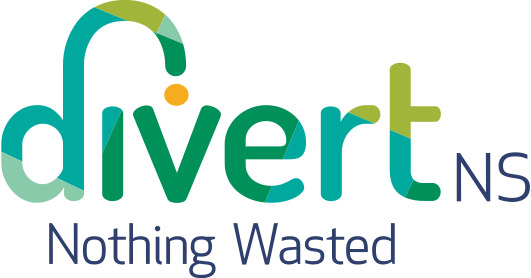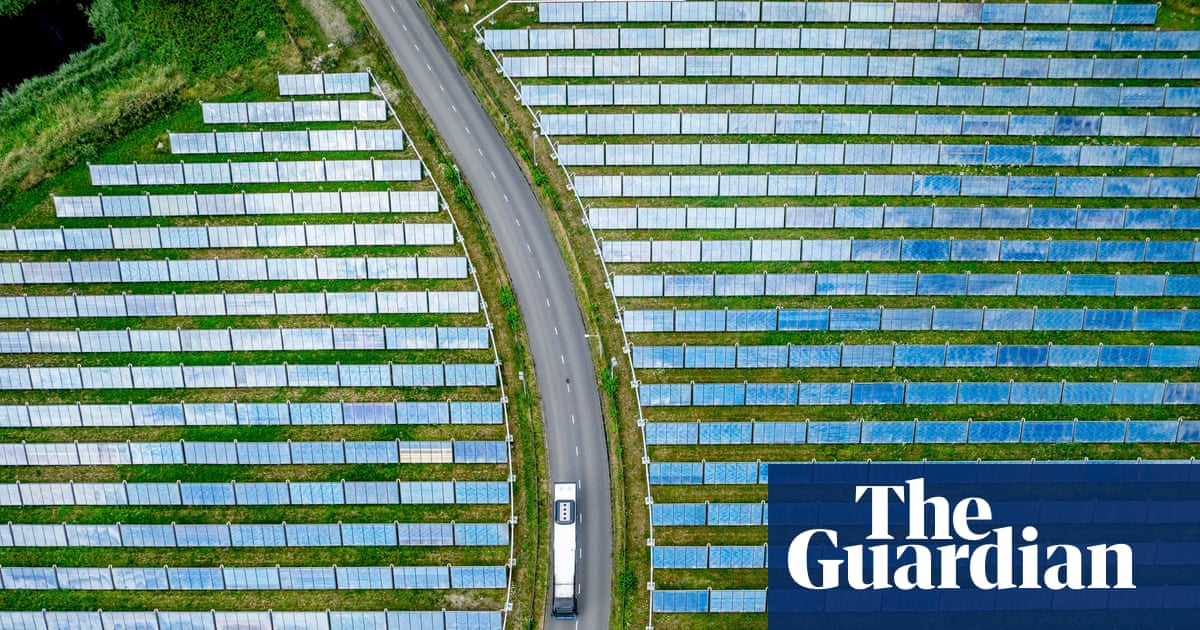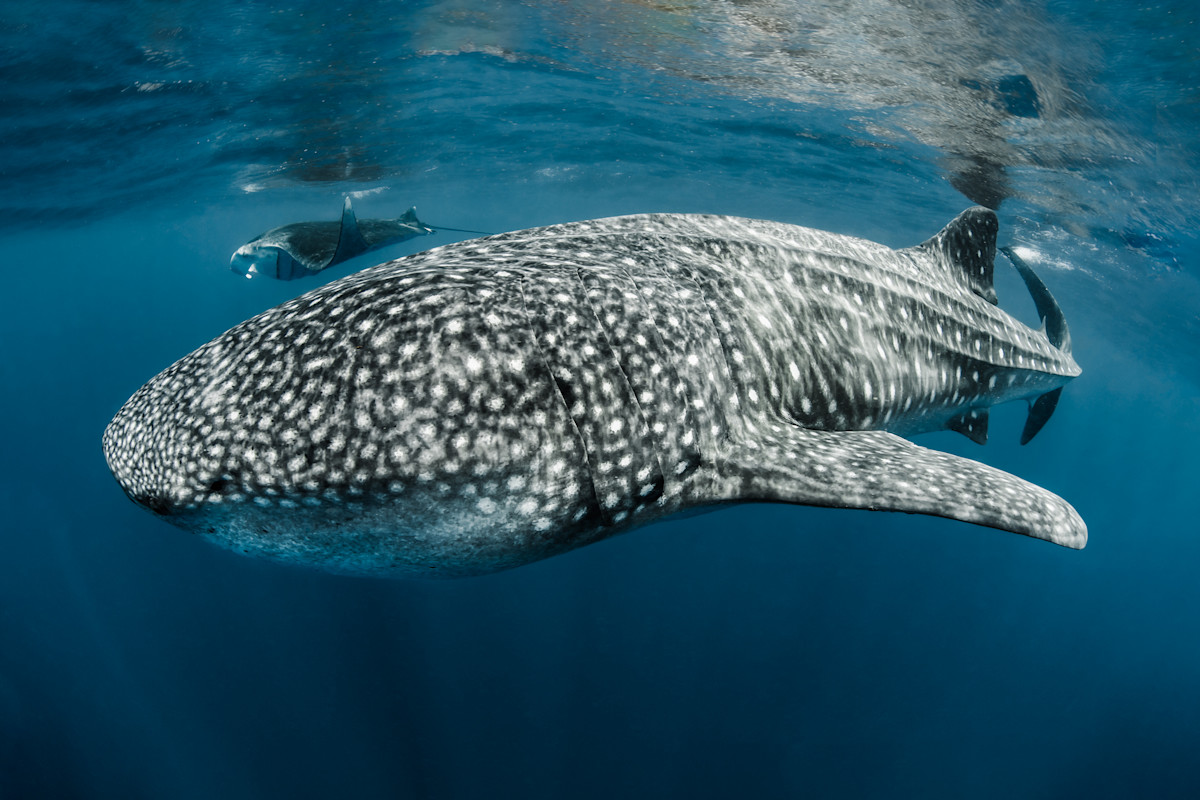- DEN Enews
- Posts
- DEN Enews
DEN Enews
Be Thankful & Go Change the World
Happy Thanksgiving!
We have so much to be thankful for in Atlantic Canada. Incredible beauty in the land and in the people. We give thanks for our Indigenous people who lead us with their hearts and knowledge of the land and for the incredible resilience of all of you who “strive to safeguard the integrity of God’s creation and respect, sustain, and renew the life of the earth”. As editor of this Enews, I give thanks every week for Mo. Marian Lucas-Jefferies for her leadership of DEN, to Eva Evans and Jesse Hamilton who are our Advocacy editors, to Claudia Zinck who writes our Grandma’s Going Green column and to all who faithfully send us valuable content.
We begin this edition of the Enews with gratitude for good news in the face of so much worry and unrest.
These are stories of people who have truly changed the world. Two stories come to us from the Anglican Communion Environmental Network. How exciting Canada is featured twice in this global newsletter. They write:
Every Tuesday night in Greely, a suburban-rural community in Ottawa, Ontario, Canada a group of volunteers gets together at All Saints Anglican Church, transforming something many throw away into something those experiencing homelessness need. Together, about 15 volunteers turn plastic milk bags into sleeping mats, a lifeline for those without a bed to call their own.
See their story here:
More good news featured in their newsletter. Click on the highlighted text to go to the story And maybe be inspired for how your faith community could choose to use any unused land.
Food Forests in New Brunswick, Canada
The St. Mary's Community Food Forest is just behind the community's Anglican Church in Devon, in the Fredericton area of New Brunswick. People can pick organic, fresh food at any time of day — for free. "A food forest is a diverse planting of mostly food-bearing plants that aims to mimic a natural ecosystem." St. Mary’s forest is just one stop on the New Brunswick Food Forest Tour. See additional coverage here.
+++++++
Dartmouth Cove has been Saved
We give thanks that Dartmouth Cove has been saved from infilling due to the impassioned people who stood up to protect this waterfront.
Read why this effort mattered and why we need to stay alert to provincial and federal interference.
Last week Grandmas’s Going Green talked about Repair cafes. A wonderful way to reuse our resources. The week of October 20th to 26th is Waste Reduction Week and Divert NS has a whole website of ideas and resources for you to explore. There’s even a contest for the gifted thrifter. Let’s start swapping, sharing, thrifting and repairing!

This is very exciting news
Record solar expansion and steady wind growth driving world’s shift away from fossil fuels in 2025, report finds
Is your heart full of gratitude and peace after all this good news? We are also thankful for all who sign petitions. That may be your only way to advocate and we thank you!

with thanks to Eva Evans & Jesse Hamilton
Our planet and communities can’t afford new pipelines. We are facing multiple crises: threats from the US, a raging climate emergency, and a worsening cost-of-living crisis. In response, we call on the federal government to deliver an East-West Grid that provides affordable, reliable, renewable electricity to people from coast to coast to coast. An East-West Grid would help decolonize and democratize our energy systems while employing hundreds of thousands of workers. With an East-West grid, we can meet our ballooning electricity needs and prioritize interprovincial and territorial connections over historically prioritized connections to the US. This is a joint petition between 350.org and Sacred Earth, an indigenous women-led organization dedicated to advancing a just transition for Indigenous communities aiming to reduce dependency on fossil fuels and build resilience in the face of climate change.
The B.C. government has been facilitating an unprecedented giveaway of our most precious resource, freshwater, to oil and gas companies that pollute and permanently remove it from the water cycle. In an area that continues to face severe drought conditions, the B.C. government allowed the fracking industry to set a record high for freshwater extraction with a 50% increase over the previous year, and while paying some of the lowest water rates anywhere in Canada. This petition is asking the B.C government to take urgent action by ending special treatment for oil and gas, charging higher and scaled water rates, requiring treatment and reuse of fracking wastewater, and strengthening disposal well standards. Send a message to help make these common-sense regulation changes that can reduce the amount of freshwater fracking companies consume.
Editor’s Note: If the Nova Scotia government continues to endorse fracking, what will happen to Our freshwater? We have seen too many empty riverbeds this summer with an unprecedented drought.
The upper Walbran valley on Pacheedaht territory is home to ancient red cedar, Sitka spruce, white pine and douglas fir. It’s a crucial part of one of the last intact old-growth watersheds on Vancouver Island. And it’s being logged right at this very moment! (In spite of the B.C. government's promise to protect old growth). Pacheedaht Elder Bill Jones, a key figure in the Fairy Creek blockades that became the largest act of civil disobedience in Canada's history 4 years ago, is once again risking arrest by leading an old growth protection camp.
Instead of giving away millions each year in handouts to big logging corporations, the government should instead repay what's owed to Nations so that Indigenous communities can choose forest protection as a viable economic pathway. If you agree, please act. A letter is provided if you don't want to compose your own.
Over the past few decades, shark and ray populations have declined at an alarming rate. Whale shark numbers have dropped by more than 50%. Oceanic whitetip sharks have declined by 80–90% and are now critically endangered. Manta and devil ray populations have plummeted by as much as 99% in some regions. The biggest culprit for their decline is the unsustainable international trade of their fins and gill plates. This is also exacerbated by climate change–fueled habitat loss and ecosystem destruction. CITES is a multilateral treaty to protect endangered plants and animals from the threats of international trade. This November, world leaders will decide if the highest level of protection under CITES is given to whale sharks, oceanic whitetip sharks, and manta and devil rays. This designation would ban all international trade across 185 nations, closing loopholes and empowering coastal communities to protect these vital species from exploitation and export. Add your name to this petition to help push for this needed protection.
Every year, tens of thousands of elephants are butchered for their tusks despite a global ivory ban. Japan’s massive domestic market remains one of the main drivers. This one country has thousands of ivory retailers and holds at least 31% of the world’s ivory stockpile. An opportunity to change this is on the table as Japan is fully reviewing its ivory laws for the first time in 30 years! Public pressure has already pushed major Japanese companies to ban ivory sales. While new laws are being drafted, we can stand up for elephants and demand an end to the ivory market.

If you are against uranium mining, People Not Plunder has an event for you.
Commuter College - Uranium 101
On Wednesday, October 29 from 3:30 to 5:30 p.m., we are hosting a creative action on Connaught Avenue in Halifax to educate commuters about the dangers of uranium mining. Volunteers will hold signs with short, informative facts during rush hour traffic, spaced out along the road so drivers can read them as they pass. At the end of the route, volunteers will cheer on drivers and, if safe, hand out mock diplomas to those who’ve “graduated” from Uranium College. No special skills required, just enthusiasm, a willingness to stand for about two hours, and a sense of humor.
Follow this link to the sign up sheet for this event:

with thanks to Claudia Zinck
Enviro Racism - Fair Dirt, Clean Water for All
When I was young, I thought water was water. You turned on the tap, out it came, cold and clean, ready for drinking or filling a kettle. I never gave it much thought. Only later did I learn that not everyone had that same blessing. Some communities, often Mi’kmaq or African Nova Scotian, have lived for years beside dumps, landfills, or with drinking water that wasn’t safe.
They even have a name for it now: environmental racism. It sounds like a big, complicated word, but the meaning is simple. It’s when certain communities are unfairly stuck with more than their share of pollution, unsafe water, or poor air.
Grandma’s take? If I wouldn’t serve it to my grandbabies at my table, then nobody else’s grandbabies should have it either. Fair is fair.
So, what can we do? Start by paying attention. Read the local stories, ask where the clean-up money is going, and support groups who are speaking up. And when someone says, “That’s not happening here,” you can tell them Grandma says, “Oh yes it is, and it’s our job to fix it.”
Because clean air, safe water, and healthy soil aren’t luxuries. They’re rights. And the more of us who remember that, the closer we’ll get to making sure everyone’s grandchildren get the same chance to grow up safe and strong.
“But environmental discrimination can’t actually happen here in nice, polite, always willing to help Nova Scotia?” you say. Let Grandma count just a few ways.
Boat Harbour (think Pictou Landing) That pulp and paper mill has been spewing toxins since, well, about 1967. Clean up is underway (slowly) but the First Nation people living nearby have been affected for decades.
Africville, the community’s name alone screams discrimination. Just think of people that had to live by a dump, they still rose above that with a strong community, school and church. Then the city felt they knew better than the community, kicked them out and forced them into “better” dwellings. The soul crushing destruction of a community. Don’t get me started.
Lincolnville in Guysborough County is an African Nova Scotia community built next to a dump. They have soil and water issues the same as South End Shelbourne, another black community. Then look up North Preston, East Preston, Membertou, Eskasoni, and the Yarmouth Reserve (can I still say reserve?).
They all have one common theme; when you need a dump or heavily polluted industry, they tend to be put next to people who have historically (and present day) experienced discrimination.
My grandbabies are no better or worse than anyone else’s They are mine and pity help anyone that would harm them. That’s the way everyone feels, but, there is work to be done to make it so
Quilts: Stitched and Stabbed
Some folks are going to be cold this winter. An extra quilt might be just the thing that keeps them warm. More than that, it’s a message: you’re not invisible, you matter, someone cares enough to stitch for you. Our shelters always need blankets, so here’s Grandma’s challenge, let’s make a quilt or two this year.
Now, don’t panic. Quilts sound fancier than they are. At heart, a quilt is just three layers: a bottom, a middle, and a top. That’s it.
The bottom: easy. Grab a sheet. Thrift stores are gold mines, buy the biggest sheet you can find because, lucky for us, they charge the same price no matter the size. Wash it up, fold it aside, job done.
The middle: this is your “warmth” layer. Got an old flannelette or fleece sheet? Perfect. Or maybe one of those $5 Christmas fleece throws that multiply in closets. (Start where you are. Use what you have. Do what you can.)
The top: now this is where you can have some fun. Grandma grew up making patchwork tops, sitting in front of the TV cutting up good fabric into little squares, then sewing them all back together. (I know, I know, it doesn’t sound sensible, but it’s tradition!) Don’t want to fuss? Sew wide strips together. Or, simplest of all, just use another sheet from the thrift store.
Now, time to put it together. Lay your bottom layer down (floor space is your best friend here but an ironing board can work.) Next, the middle layer, but leave an inch or two of the backing outside the middle layer. Then the top positioned over the middle. Pin all three layers together with straight pins. Take big basting stitches through the whole thing just to hold it in place until you’re ready for the real finishing.
And here comes the part my grandmother called stabbing. Nowadays, folks prefer the gentler words tufting or tying, because stabbing sounds like something out of a crime novel. But back in the day, stabbing just meant poking a needle through fabric, like closing up a feed bag. Whatever you call it, here’s how it’s done:
Thread some yarn through a darning needle. If the yarn’s thin, use it doubled. Starting at one side, work your way across, tying down your quilt in corners or every few inches. Pull up enough yarn to tie a square knot, right over left, pull tight, then left over right, pull tight. Leave the ends an inch long and snip off the rest. Keep going until your quilt is held together.
Finish it by folding that bottom sheet over the edges and hemming it down. Machine sewing is fastest, but hand stitching works too.
It’s not fancy, but it’s strong, warm, and full of love. I try to make a couple every year for the shelters. Once, I was told that one of my quilts, just a quick, knotted double quilt, ended up wrapping a new baby. The staff said they do this so that baby grows up with a story that someone cared enough to make them their own quilt. Because of its size, it kept both mom and baby warm, even if, heartbreakingly, they were living in a car.
I’ll admit, I cried when I heard that story. But it reminded me why I keep quilting. It’s not just fabric and stitches. It’s a hug you can send out into the world. So, grab a sheet, find some yarn, and stitch a little love into the world this winter. Lord bless them and Lord bless the hands that make quilts possible.
NOTES
Remember how I ask for notes of how you and yours are working for a greener world. I heard from Cate, not sure where she lived but she had a great story of a $6 Flashfood box.
“Today, I was at a line dancing fundraiser in another church/community and happened to check Flashfood for their local stores. Low and behold, I found a fantastic food box for only $6 and which contained:
8 tomatoes
2 Spanish onions
4 red onions
2 pieces of ginger
3 yellow peppers
3 orange peppers
4 small cucumbers
16 potatoes (varying sizes)
I plan to share some of the wealth around for sure and am hoping my dad will make his famous homemade tomato soup (how did yours turn out?) with the tomatoes. It's not so affordable to make it otherwise these days! Some of this will become my go-to Chickpea Stew, and I imagine the potatoes will mainly be mashed haha. Plus a friend is moving soon, so I'll be passing the box along her way. Nothing like using every part of what we receive.
Chickpea Stew. Now you have me thinking Cate. Anyone have a good recipe out there for filling or fun meals. [email protected]
Grandma is under the weather with her first flu bug in years. Yep, forgot my mask when I went for my flu shot. I am fine but I wasn’t into checking out a recipe for the column this week. Will find one for next week. Till then, Grandma is sending hugs.

Did you sing this on Sunday?








